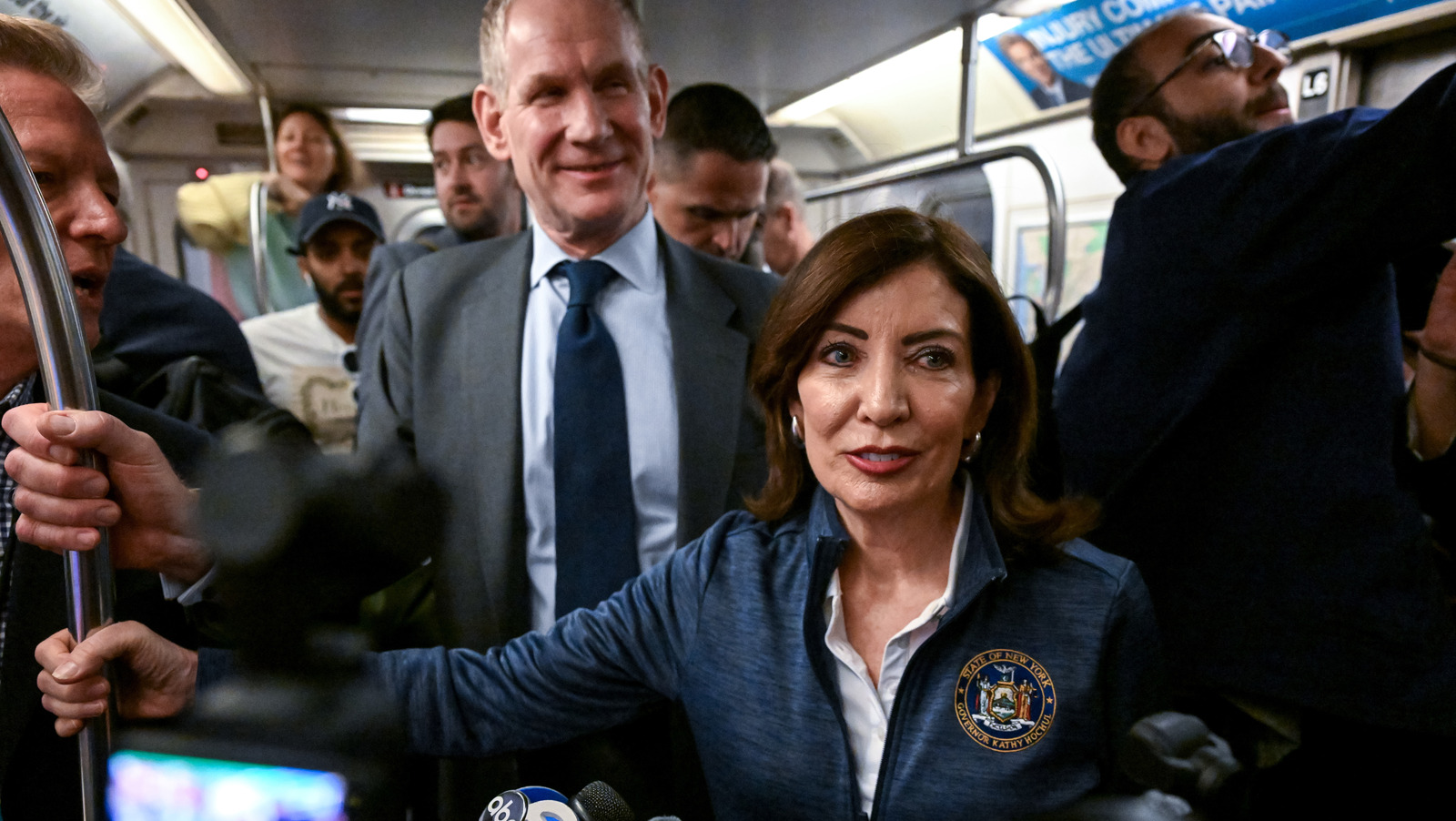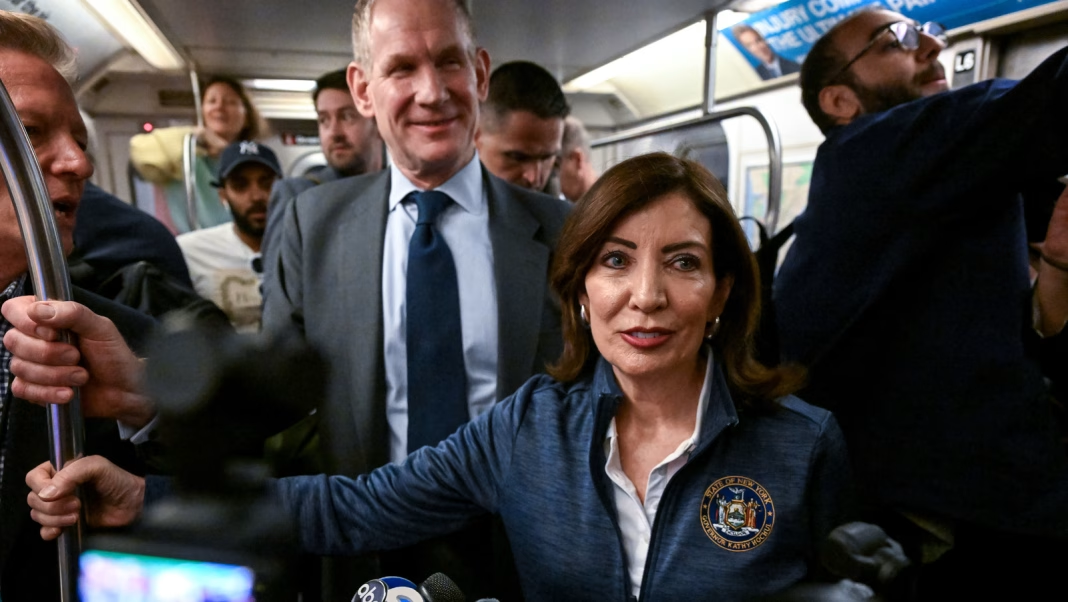The recent deadline for shutting down New York City’s congestion pricing zone came and went without a hitch, and Governor Kathy Hochul stood firm. This situation raises some intriguing questions about the future of urban transportation, the role of state and federal governance, and how cities manage congestion in an era of increasing traffic woes.
What Exactly Is Congestion Pricing?
At its core, congestion pricing is a strategy aimed at reducing traffic in busy urban areas by charging drivers a fee to enter certain zones during peak hours. The idea is simple: by making it more expensive to drive in congested areas, cities can encourage people to use public transportation, carpool, or simply travel at different times. New York City has been eyeing this approach for a while, hoping to alleviate the gridlock that plagues its streets and improve air quality.
Why Did the Deadline Matter?
The Trump administration set a deadline for New York City to halt its congestion pricing plans, which many viewed as a political maneuver rather than a genuine concern for urban mobility. When the deadline passed without action from Hochul, it signaled a strong commitment to the congestion pricing initiative. This is significant not just for New York but for cities across the country grappling with similar issues.
What Are the Implications for New York City?
Hochul’s decision not to back down could pave the way for a transformative shift in how New Yorkers navigate their city. If implemented, congestion pricing could lead to reduced traffic congestion, lower emissions, and improved public transit funding. The revenue generated from these fees could be reinvested into the city’s public transportation system, enhancing services and making them more reliable.
Moreover, this initiative could serve as a model for other cities facing similar challenges. Cities like San Francisco and Los Angeles have been exploring congestion pricing as a viable solution to their own traffic problems. If New York can successfully implement this system, it might inspire a wave of similar policies across the nation.
What Are the Challenges Ahead?
While Hochul’s stance is commendable, the road ahead is not without obstacles. Legal challenges could arise, potentially delaying the implementation of congestion pricing. Additionally, public perception plays a crucial role. Many New Yorkers are concerned about the financial burden of additional fees, especially in a city where living costs are already high. Effective communication about the benefits of congestion pricing and how it can improve overall urban mobility will be essential.
The Role of Federal and State Politics
This situation also highlights the complex interplay between state and federal politics. The Trump administration’s attempt to influence local governance through deadlines and threats to defund city initiatives raises questions about the balance of power. Hochul’s refusal to yield could be seen as a stand for local autonomy, emphasizing that cities should have the authority to make decisions that best serve their residents.
What Can Other Cities Learn?
Cities grappling with congestion issues can learn a lot from New York’s experience. Engaging with the public, clearly communicating the benefits of such initiatives, and standing firm against political pressure are crucial steps. Moreover, developing a comprehensive transportation strategy that includes public transit improvements, biking infrastructure, and pedestrian-friendly policies can create a holistic approach to urban mobility.
The big takeaway? Congestion pricing isn’t just about managing traffic; it’s about reimagining urban life. As cities evolve, so must our approaches to transportation. Start with one small change this week—like using public transit instead of driving—and you’ll likely spot the difference by month’s end.


